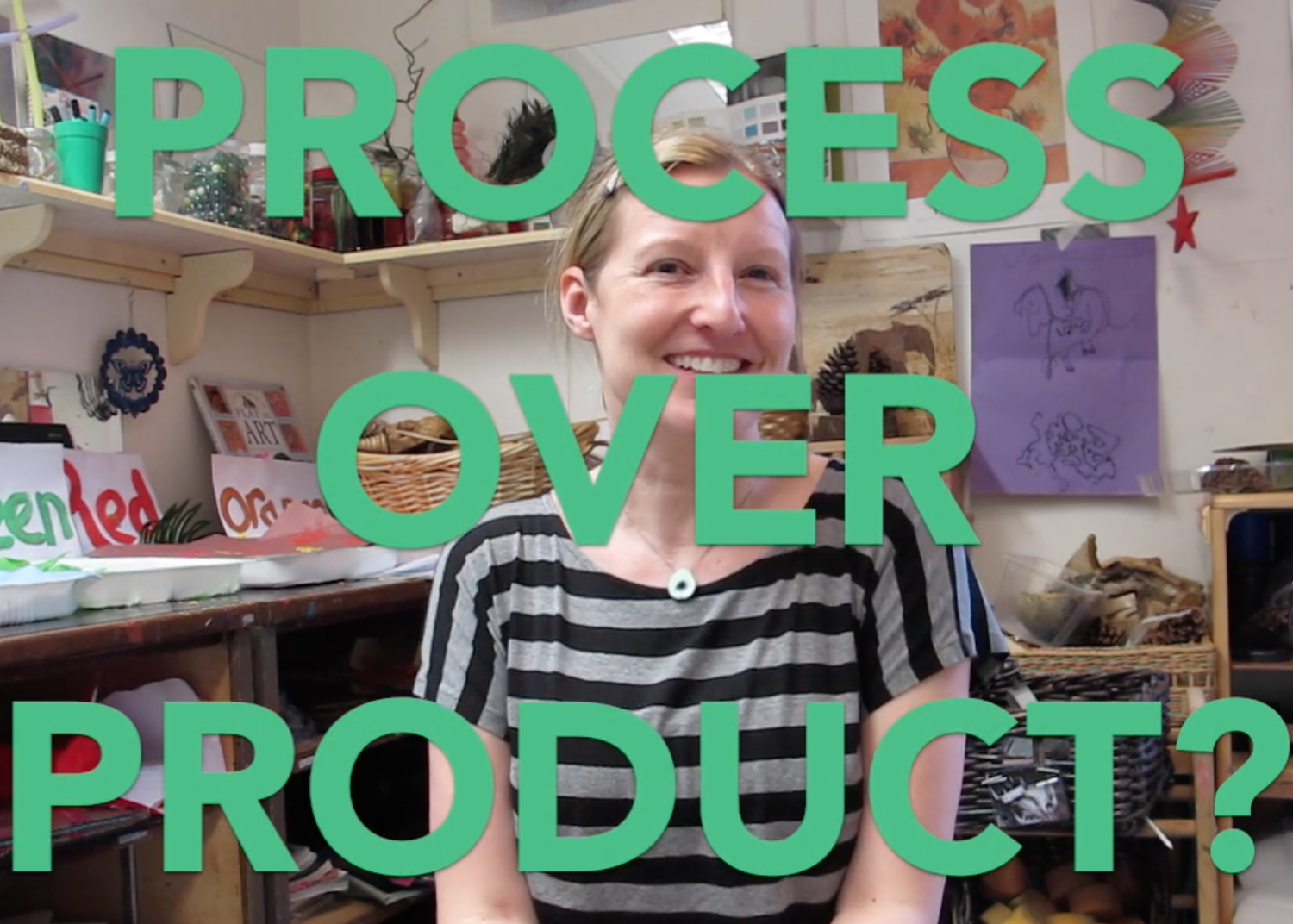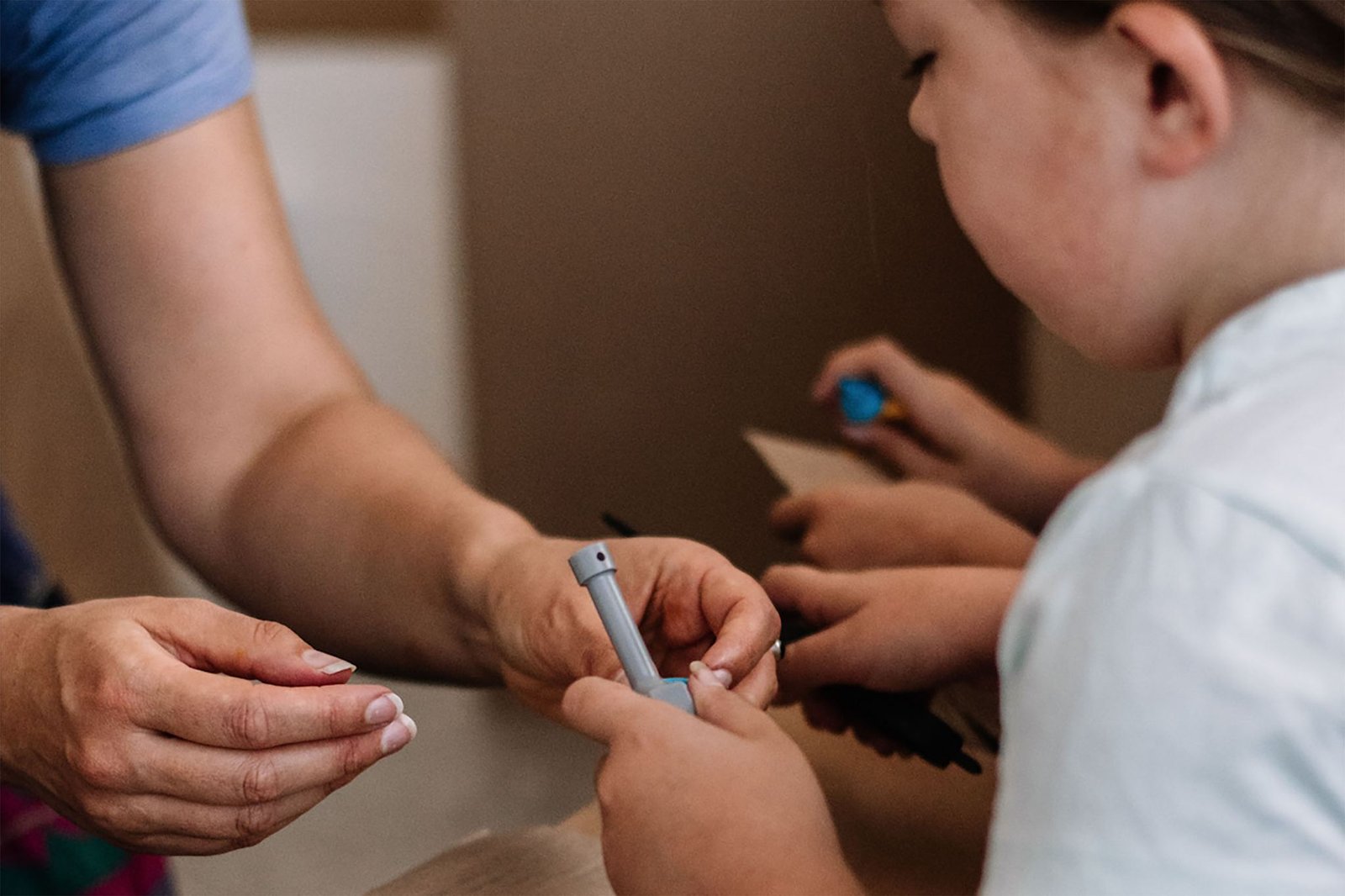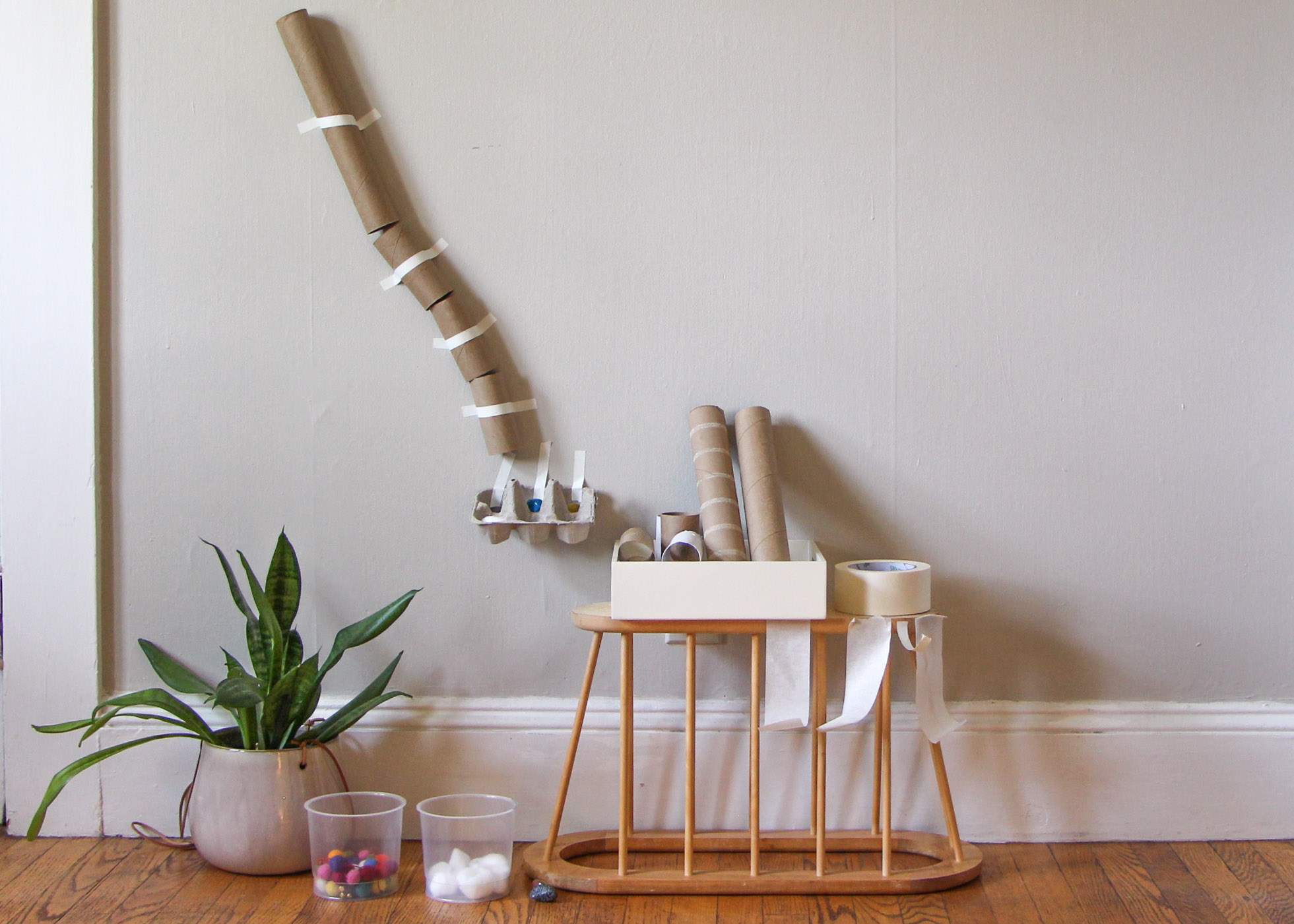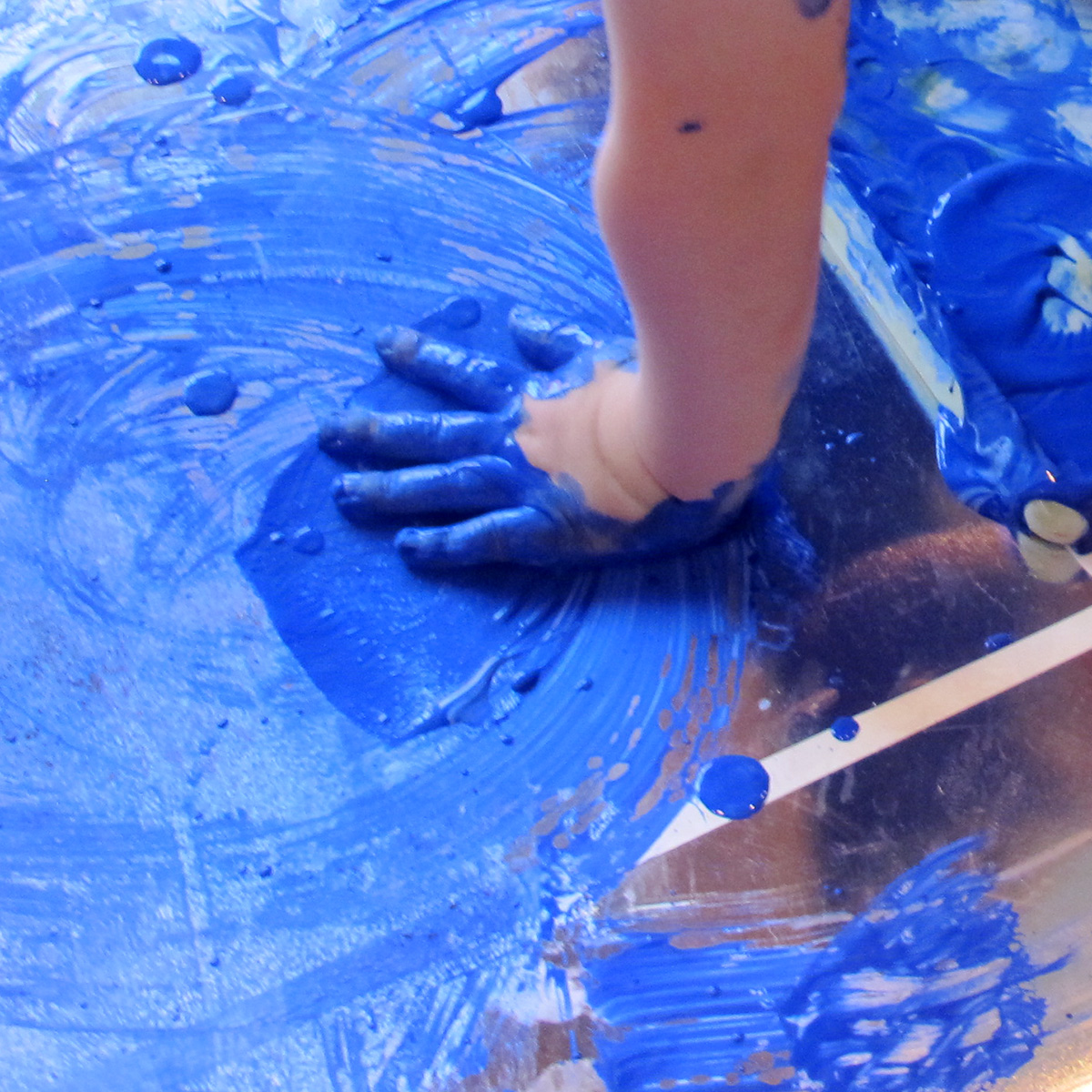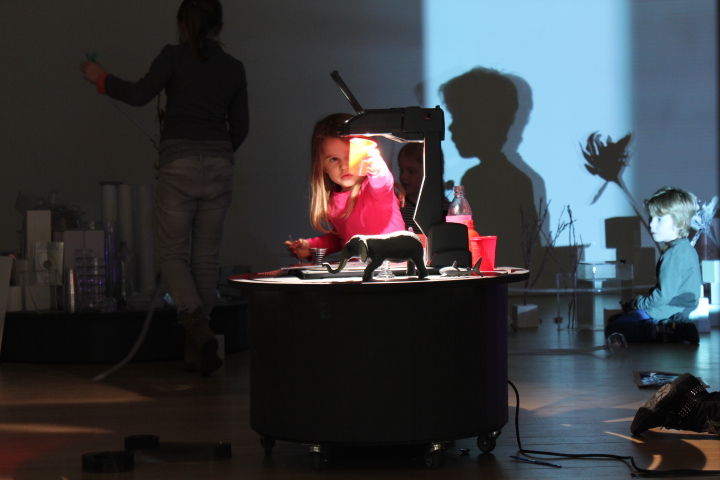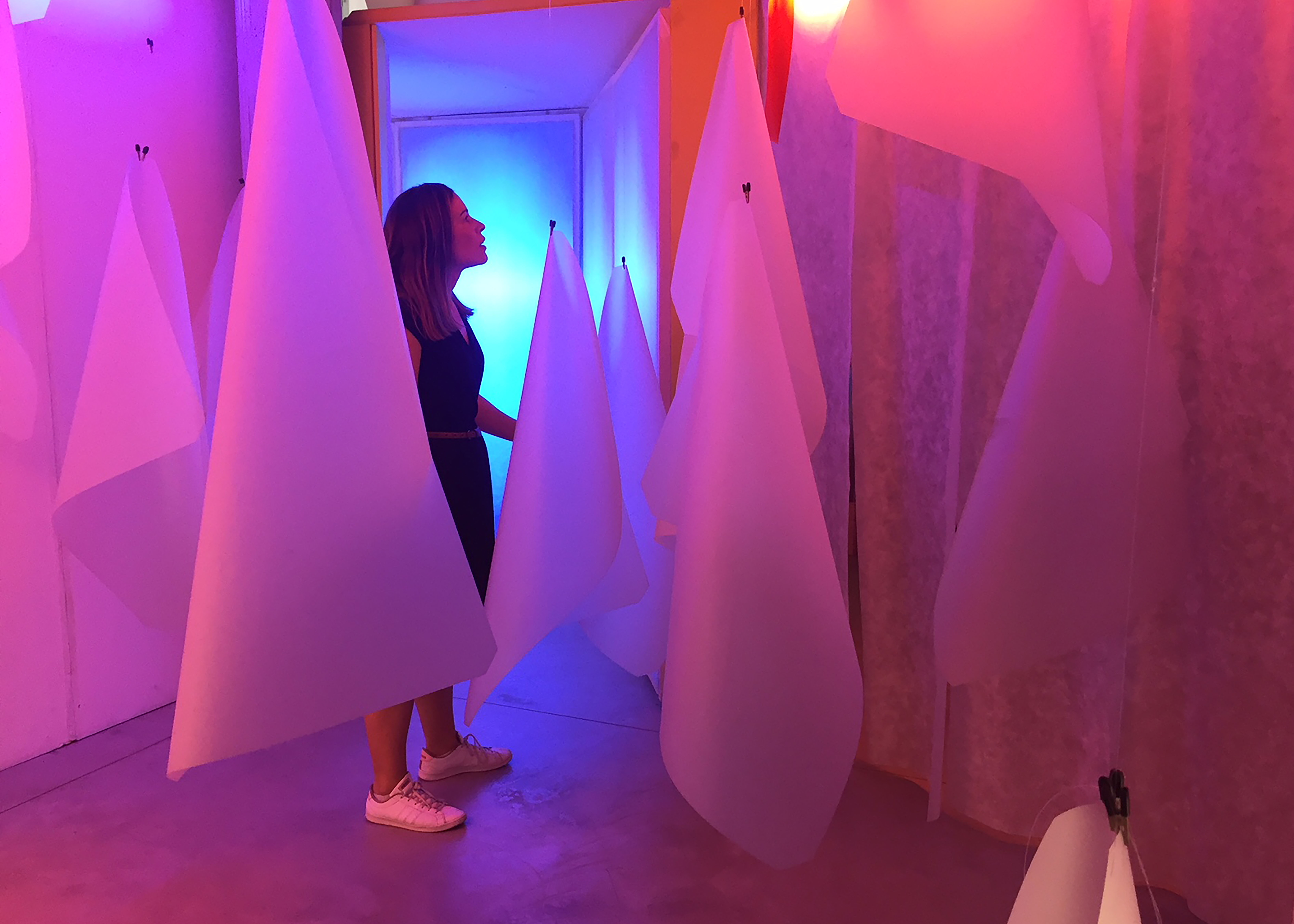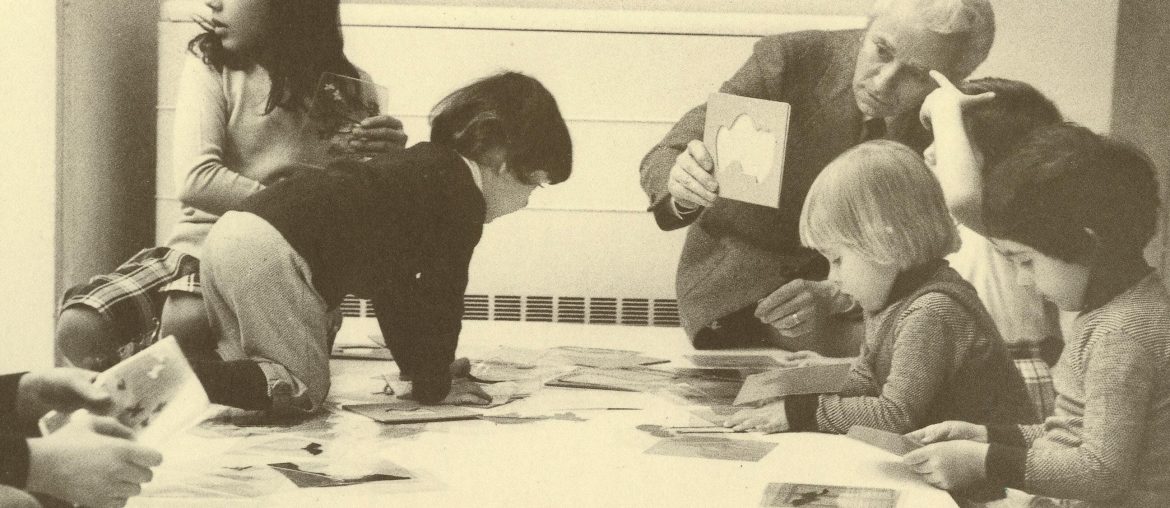I am so happy to share a new print-out that features thought-provoking quotes from inspiring artists and educators. The printable PDF resource includes five quotes, each beautifully laid out so all you have to do is print them out and stick them up! I came across each of these quotes over the past 10 years while working in children’s art education. Each one was diligently scribbled down in my notebook and dog-eared for a later date. That time is today! Here is some background of each quote: ‘The mind is like an umbrella. It is most useful when open.’ Walter Gropius Walter Gropius was an architect who was most famous for his role as the director of the revolutionary art school, the Bauhaus. Born in Berlin, he migrated to Cambridge, Massachusetts to work at the Harvard School of Design following the outbreak of World War 2. He is regarded as…
An interview with artist Lorna Rose
This post features a video interview with artist Lorna Rose. She talks about her approach to creative learning, like the importance of flexibility, multiculturalism, and inclusivity in education. We live in a world of great cultural, social, and political diversity. As the great art educator Maxine Greene said, the arts play an integral role in the growth of social cohesion by encouraging children to empathize with others from different background. This week I spent two days at the Lillian de Lissa Children’s Centre & Nursery in Birmingham (UK) working alongside their artist-in-residence, Lorna Rose. 90% of the children attending the nursery are from an ethnic minority, over half speak English as a second language. Of the 90 children in attendance, 28 languages are spoken! The nursery’s vision is for children to leave the center with a sense of curiosity about the world. Lorna Rose has been working as the artist-in-residence at the centre for over…
How to scaffold children’s learning
Picture this: A 5-year-old boy has got a new pair of school shoes and is learning how to put them on. He can loosen the laces, slip his foot inside, but does not know how to tie the laces. The child and his father watch a YouTube clip of how to do the shoelaces up. They then have a go at doing the activity together where the father instructs the child on how to weave and tighten the laces step-by-step. It is a success. Each day that follows, the father reduces the intensity of instruction on how to tie the laces until the child can do it independently. The father has scaffolded his child’s learning through the Zone of Proximal Development. Scaffolding children’s learning can involve showing them how to use new art tools What is scaffolding? Scaffolding is an education term that refers to the guidance and skills a…
Make a marble run
Marble runs are a classic kid’s activity, you may even remember making them yourself at preschool using pre-constructed wooden tracks! I love marble runs because kids can use their imagination, and problem-solve while unknowingly learning about concepts such as motion, gravity and force. This blog post shares how you can make your own marble run at home using recycled materials! Age range: 18 months + please note that marbles can be choking hazards for little kids Preparation time: 10 minutes What you need Cardboard rolls (toilet paper rolls work great)Recycled materials such as fruit packaging and yogurt containersMasking or painter’s tapeScissorsBowl or basket Marbles or marble alternatives such as cotton balls, pasta shells, felt balls or polystyrene ballsA blank wall or window Setting up the activity A marble run aims to keep the marble in motion for as long as possible. To start, use the tape to stick the first…
Harvard Project Zero’s Mara Krechevsky talks about making learning visible
Documenting children’s learning is an intricate process. In this expert interview, Mara Krechevsky, a senior researcher at Harvard’s Project Zero research centre, discusses the ins-and-outs of making learning visible. Documenting children’s learning is a complex and (sometimes) confusing process. Questions of how educators can use documenting to support learning are deeply intertwined with debates surrounding ethical and political assumptions in education. Mara Krechevsky has over 30 years’ experience in education research with a specific interest in documenting learning. In her role at Harvard, she has worked on a myriad of ‘visible learning’ projects including directing Project Zero’s Making Learning Visible, an initiative that began as a collaboration with educators from Reggio Emilia. Project Zero is a research centre at Harvard’s Graduate School of Education. Founded by philosopher Nelson Goodman in 1967, Project Zero began with a focus on understanding learning in and through the arts. Since then, the centre’s mission has…
The ‘Atelier van Licht’ at the Centraal Museum, Utrecht
This post features a reflection on my visit to the Atelier van Licht at the Centraal Museum in Utrecht, The Netherlands. The Atelier was being presented as part of the museum’s Nice’n’Light exhibition that ran from 17 October 2015 – 24 January 2016. Above: Atelier van Licht at Stedelijk Museum, Amsterdam. Image credit: Atelier van Licht A creative space for children’s play and experimentation with materials Back in February 2016, I travelled to the Netherlands to meet with Annemieke Huisingh, the founder of the wonderful Atelier van Licht. I was interested in learning more about the Atelier’s approach to designing children’s material-based creative learning environments. At the time, the Atelier (which is another word used to describe an artist’s studio) was on display at the Centraal Museum in Utrecht as part of a contemporary art show that was exploring artist’s experimentation with light. The Atelier had been designed for children of all ages…
Reggio Emilia’s art studio ‘ateliers’ for children
Earlier this month I was fortunate enough to visit the Loris Malaguzzi centre in Reggio Emilia. I was interested in learning more about the early childhood philosophy’s approach to children’s creativity, art and learning with materials. This post shares key ideas around the role of the ‘atelier’ in the Reggio Emilia approach. I also discuss my reflections on the Ray of Light atelier space at the centre. “Tools and materials make it possible for children to have experiences in which their thinking takes on different forms” (Dahlberg & Moss, 2010) The Atelier – a space for children’s creative experimentation Educators from Reggio Emilia often talk about the unpredictable nature of learning in which knowledge is formed through unexpected relationships and new connections. This understanding challenges the idea that education is a linear process of development. In Reggio Emilia preschools, the atelier is a creative studio for young children’s imagination, expression and experimentation that…
How to use questions to support creativity
This is the third post in a series on techniques for facilitating children’s learning with and through art in museums.
5 education apps for documenting learning in 2019
*This is an updated version of a post originally published in May 2018* If you are a teacher in the Northern Hemisphere, the new academic year is heating up. The paper work may be piling up too… A LOT! Education apps can help with that. Apps can be used to digitally document and collate children’s learning. These records can then be easily shared with other students, educators and parents – helping to grow a community that fosters learning. However, at their worst, apps can also encourage a culture of surveillance and control of children’s lives – it depends on how they are being used! In this post, I talk about why documenting and reflecting on children’s learning is important, including how apps can be used to support this process in a positive way. I review five apps: Seesaw, Class Dojo, Google Classroom, Storypark and Artsonia to discuss how these can…



